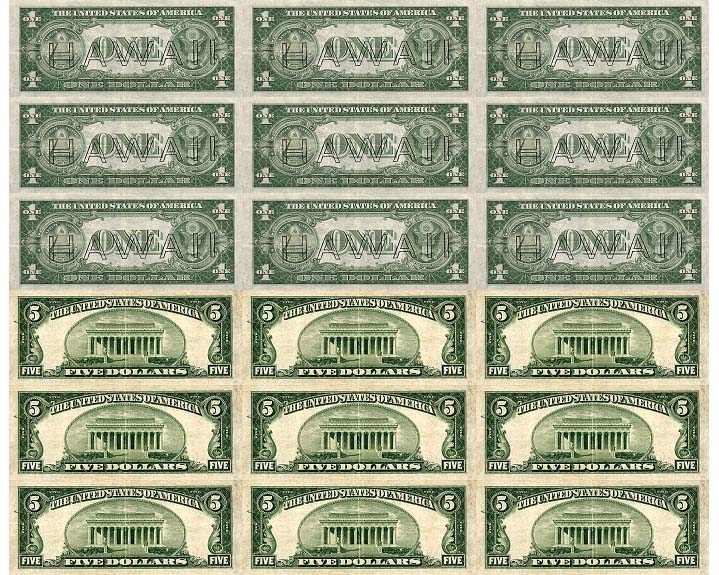Doll Money: Understanding The Value Of Doll Collecting
Doll money has become a fascinating topic for collectors and enthusiasts alike. The world of doll collecting can be both rewarding and challenging, as it involves understanding the intricacies of value, rarity, and the cultural significance of dolls. In this article, we will explore the various facets of doll money, including its history, the factors that influence value, and tips for collectors looking to invest wisely in this unique hobby.
The value of doll money is not just about the physical currency associated with dolls but also the emotional and historical significance behind them. Collectors often find themselves drawn to specific dolls due to nostalgia, artistry, or cultural representation. As we delve deeper into this topic, we will uncover the factors that contribute to doll value and how collectors can navigate the market effectively.
This comprehensive guide aims to provide you with a thorough understanding of doll money, including expert insights and resources to enhance your collecting experience. Whether you are a seasoned collector or just starting, the knowledge you gain here will be invaluable in your journey.
Table of Contents
- 1. The History of Doll Collecting
- 2. Understanding Doll Money
- 3. Factors Influencing Doll Value
- 4. Types of Dolls and Their Values
- 5. Tips for Collectors
- 6. Resources for Doll Collectors
- 7. The Future of Doll Collecting
- 8. Conclusion
1. The History of Doll Collecting
Doll collecting has a rich history that dates back centuries. From ancient civilizations to modern-day enthusiasts, dolls have played a significant role in cultural expression and childhood play. Early dolls were often made of natural materials like wood, cloth, and clay, reflecting the craftsmanship of their time.
1.1 Ancient Dolls
In ancient Egypt, dolls were made of materials such as wood and were often used in religious ceremonies. Similarly, in ancient Greece and Rome, dolls were crafted from materials like wax and clay, serving both as toys and as representations of deities.
1.2 Dolls in the 18th and 19th Century
During the 18th and 19th centuries, doll making became more sophisticated, with the introduction of porcelain dolls in Europe. These dolls were often seen as luxury items and became popular among the upper class, leading to a boom in doll collecting.
2. Understanding Doll Money
Doll money refers to the monetary value associated with dolls, including their market price and the factors that affect their worth. Collectors often seek to understand the dynamics of doll money to make informed purchasing decisions.
2.1 The Market for Dolls
The doll market is diverse, with various types of dolls appealing to different collectors. From vintage porcelain dolls to modern collectible figures, the range of options can be overwhelming. Understanding the market trends is crucial for collectors looking to invest in doll money.
2.2 Appraising Doll Value
Determining the value of a doll involves several factors, including its age, condition, rarity, and provenance. Collectors should seek professional appraisals to ensure they are aware of the true market value of their dolls.
3. Factors Influencing Doll Value
Several factors play a crucial role in determining the value of dolls. Understanding these factors can help collectors make informed decisions and avoid common pitfalls.
- Age: Older dolls, especially those from the 19th century, often carry higher value.
- Condition: Dolls in excellent condition will generally fetch a higher price.
- Rarity: Limited edition or rare dolls are more sought after, increasing their value.
- Provenance: Dolls with a known history or celebrity ownership can have added value.
4. Types of Dolls and Their Values
The world of doll collecting encompasses a wide variety of types, each with its own value range. Understanding these categories can guide collectors in their purchasing decisions.
4.1 Porcelain Dolls
Porcelain dolls are often considered the most collectible type, especially those from renowned manufacturers. Their intricate designs and craftsmanship contribute to their high market value.
4.2 Vintage Barbies
Vintage Barbie dolls have gained significant popularity in recent years. Certain editions can fetch thousands of dollars, depending on their rarity and condition.
5. Tips for Collectors
For those looking to start or expand their doll collection, here are some essential tips to keep in mind:
- Research thoroughly before making a purchase.
- Join doll collecting groups and forums for insights and support.
- Attend doll shows and auctions to gain exposure to the market.
- Keep detailed records of your collection for insurance purposes.
6. Resources for Doll Collectors
Numerous resources are available for doll collectors seeking to enhance their knowledge and skills:
- Books: There are several comprehensive guides on doll collecting.
- Websites: Online platforms offer valuable information on pricing and trends.
- Collectors' Clubs: Joining clubs can provide networking opportunities and access to exclusive events.
7. The Future of Doll Collecting
The future of doll collecting looks promising, with new generations of collectors emerging. The rise of technology and social media has also transformed the way collectors connect and share their passion.
8. Conclusion
In conclusion, doll money represents more than just currency; it symbolizes a rich history and a vibrant community of collectors. By understanding the factors that influence doll value, collectors can make informed decisions and enjoy their hobby to the fullest. If you found this article helpful, please leave a comment, share it with fellow collectors, or explore other articles on our site for more insights.
We hope this guide has inspired you to delve deeper into the fascinating world of doll collecting. Happy collecting!
American Tennis Player Eubanks: Rising Star In The World Of Tennis
Charissa Thompson: The Face Of Big Ten Network
Heather El Moussa Net Worth 2023: A Comprehensive Analysis


